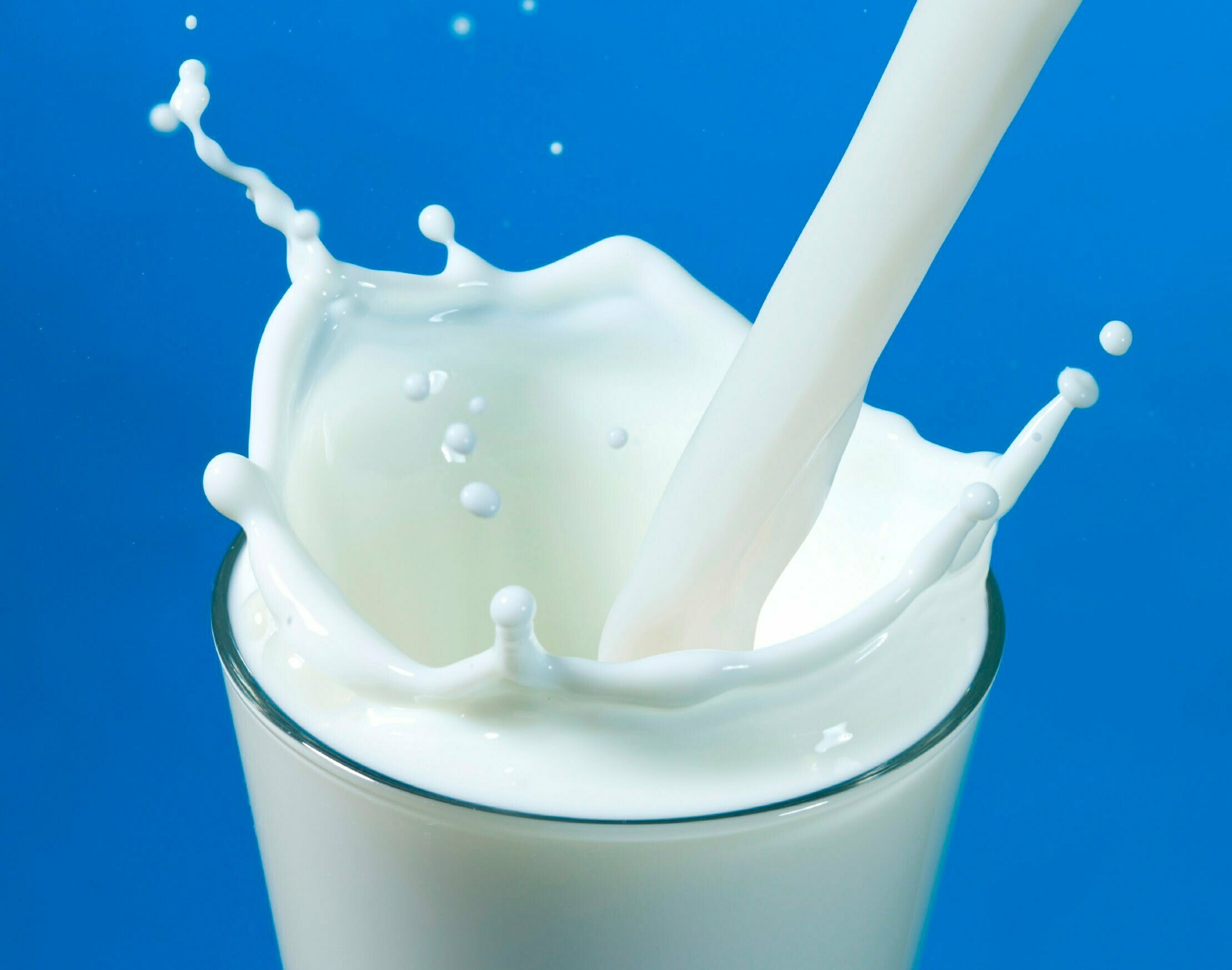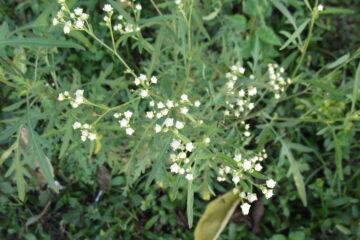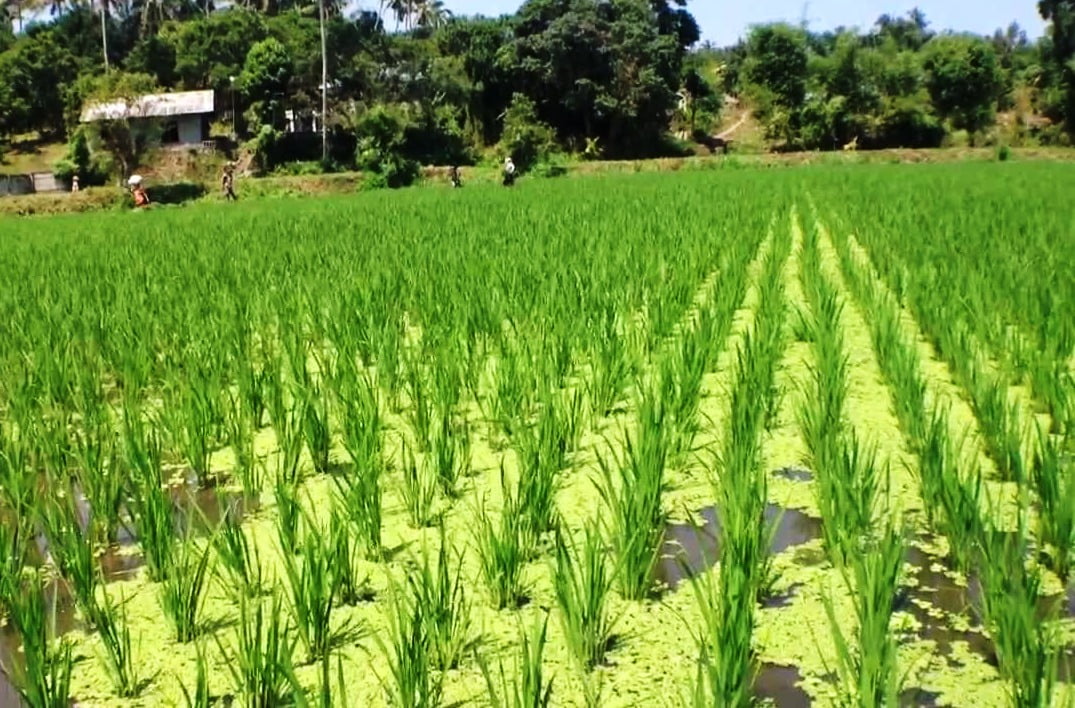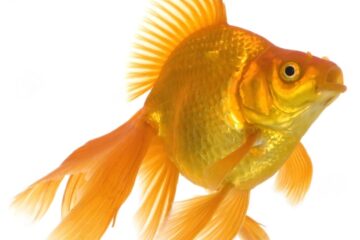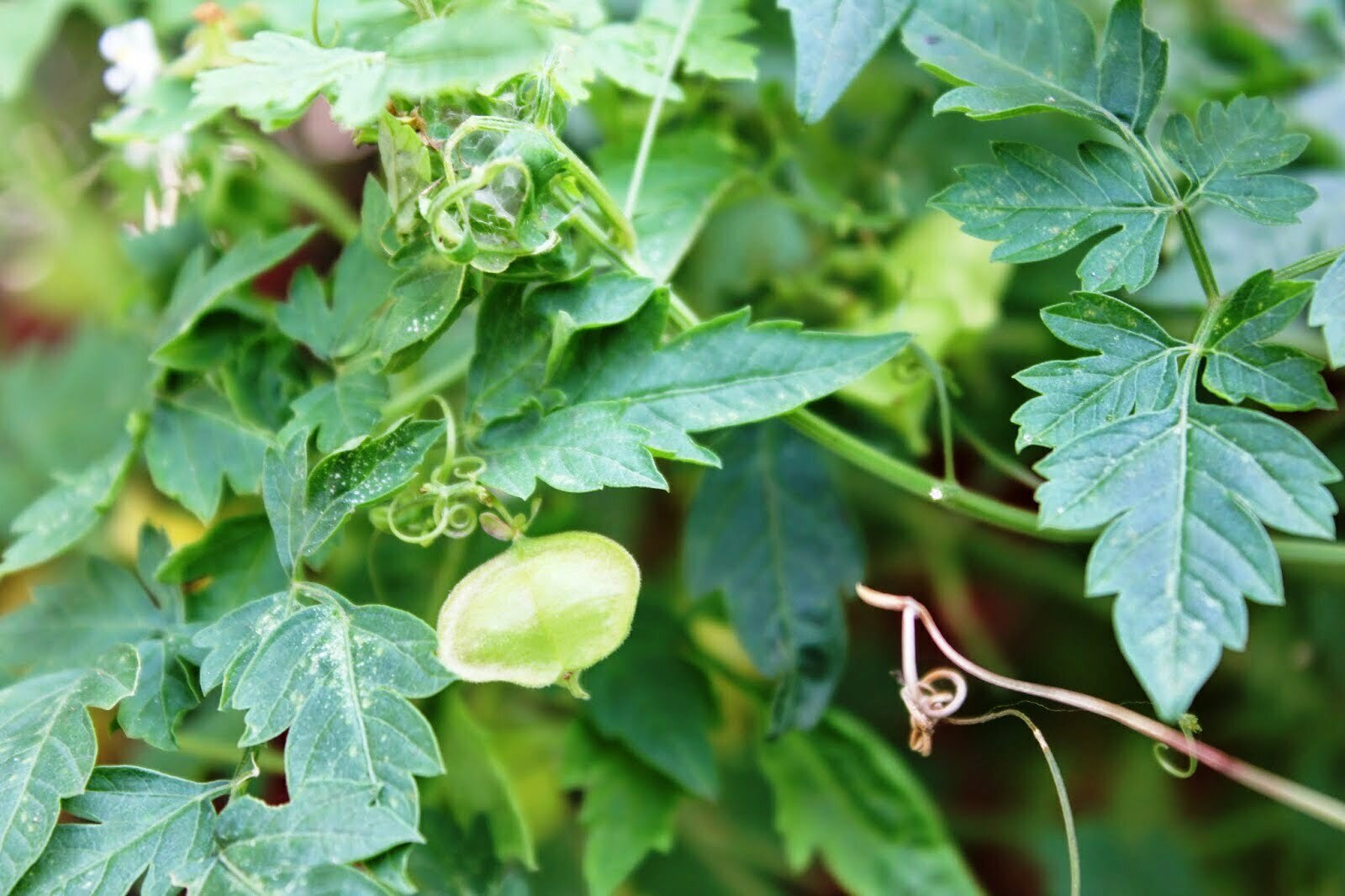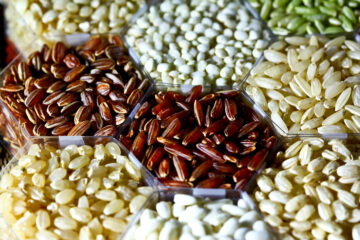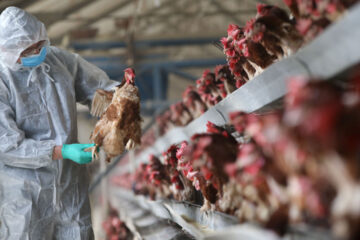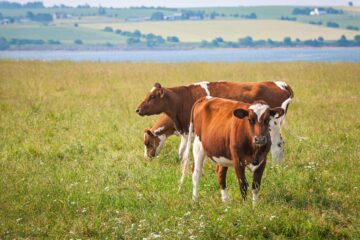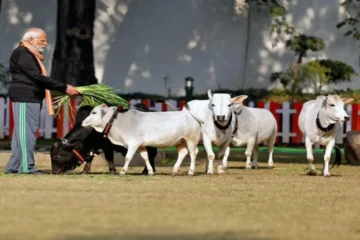Published in November 2017
Just as former Prime Minister Nehru’s birthday is celebrated as Children’s Day and former Minister Sardar Vallabhbhai Patel’s birthday as National Unity Day, many leaders’ birthdays are celebrated to highlight various social objectives.
Similarly, November 26, the birthday of Dr. Verghese Kurien, founder of Amul and known as the Father of the White Revolution, is celebrated as National Milk Day.
The Indian Dairy Association proposed celebrating Dr. Verghese Kurien’s birthday as National Milk Day, and since 2014, his birthday has been celebrated as such.
India has 200 million cattle, accounting for 13% of the global total. Out of these, 151 million are indigenous breeds, with 80% being Indian cattle. India also has 110 million buffaloes, accounting for 57% of the world’s buffalo population. About 57% of milk comes from buffaloes, and 43% from cows.
The milk from our native cows is known as A2 milk, which has various medicinal properties. It helps prevent heart diseases, diabetes, neurological disorders, osteoporosis, osteomalacia, and breast cancer in women.
In 1965, then Prime Minister Lal Bahadur Shastri visited the Amul dairy farm and requested Dr. Kurien to implement a similar dairy development program across India. Subsequently, the National Dairy Development Board was established in Gujarat.
Dr. Verghese Kurien: The Milkman
Dr. Kurien was a postgraduate engineer born on 26-11-1921 in Kozhikode, Kerala. He received several awards for his contributions to the dairy industry. He was honored with the title “The Architect of Operation Flood” for his successful implementation of the Operation Flood program, also known as the White Revolution.
Dr. Kurien received numerous awards, including the Ramon Magsaysay Award in 1963, Padma Shri in 1965, Padma Bhushan in 1966, Krishi Ratna Award in 1986, Wateler Peace Prize in 1986, World Food Prize in 1989, Padma Vibhushan in 1999, and the Economic Times Award in 2001.
He improved the living standards of 16 million dairy farmers across India, making India the top producer of milk for the past 15 years. Funding for increasing the milk production of Indian cattle has been increased.
The Rashtriya Gokul Mission was launched to improve the breeding and milk production of dairy cattle nationwide. Since 2001, June 1 has been celebrated as World Milk Day by the Food and Agriculture Organization of the United Nations.
Benefits of Dairy Cooperative Societies
India has been the top milk producer globally for 15 years, producing 16 million liters of milk through 96,000 cooperative societies. The dairy industry generates an annual income of ₹165,000 crore.
The monthly income of a dairy farmer has increased to ₹25,000. Dairy technology colleges, veterinary colleges, and pharmacy colleges have been established. By 2020, milk production is expected to reach 200 million tons.
Is National Milk Day Necessary?
Yes. It raises awareness about milk products such as butter, cheese, khoa, curd, and yogurt. It highlights the nutritional benefits of milk and the necessity of consuming it. Therefore, dairy farmers, government and private milk companies, and the general public should enthusiastically participate in National Milk Day events, which include poetry readings, seminars, and films on livestock farming, disease prevention, milk production, and marketing.
Should We Consume Milk?
Yes. Milk contains two types of proteins: casein and whey. Casein constitutes 83% of milk proteins. These proteins help treat protein deficiency diseases like kwashiorkor and stunted growth. Beta-casein in cow’s milk is similar to that in human milk, making cow’s milk suitable for infants who cannot receive breast milk.
Cow ghee improves vision and contains Vitamin A, which cures night blindness, increases immunity, and enhances memory. Vitamin B12 in milk helps produce red blood cells and maintain the nervous system. Vitamin D aids in calcium absorption. Calcium in milk promotes bone and teeth growth.
Milk contains 350-400 mg of potassium, which acts as a vasodilator, ensuring smooth blood flow and preventing hypertension. Potassium also supports the proper functioning of nerves and muscles. Low sodium levels in milk prevent heart diseases.
Cow ghee contains anti-carcinogenic compounds that help prevent cancer and have low cholesterol levels. Vitamin D in milk inhibits the growth of cancer cells, and calcium and lactose prevent ovarian cancer.
Elderly men and postmenopausal women should drink half a liter of milk daily to prevent osteoporosis, osteoarthritis, osteomalacia, and breast cancer.
Choline in milk aids in sleep, muscle function, learning, and memory. Lactic acid in milk benefits skin health, and amino acids keep the skin moisturized.
Milk regulates cholesterol produced by the liver. Milk from grass-fed cows contains unsaturated fatty acids like omega-3 and omega-6, which help prevent certain types of cancer. These fatty acids also increase insulin secretion and lower blood sugar, preventing type 2 diabetes. Iodine in milk supports thyroid function.
As a National Milk Day pledge, let’s increase milk production, consume the necessary amount of milk, and live a disease-free life!
Dr. A.R. Jagath Narayanan, Former Regional Joint Director, Department of Animal Husbandry, Salem – 636 008.

